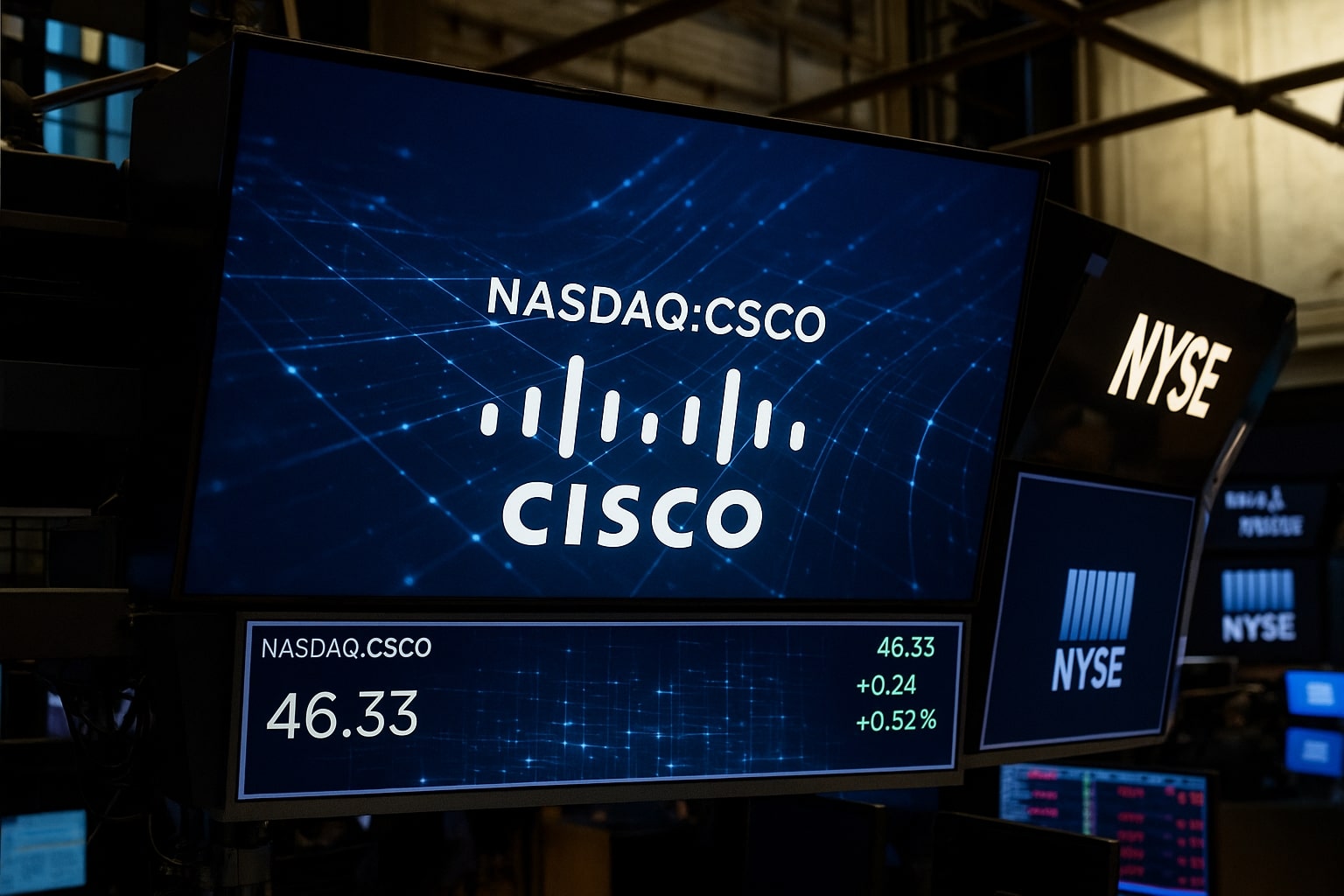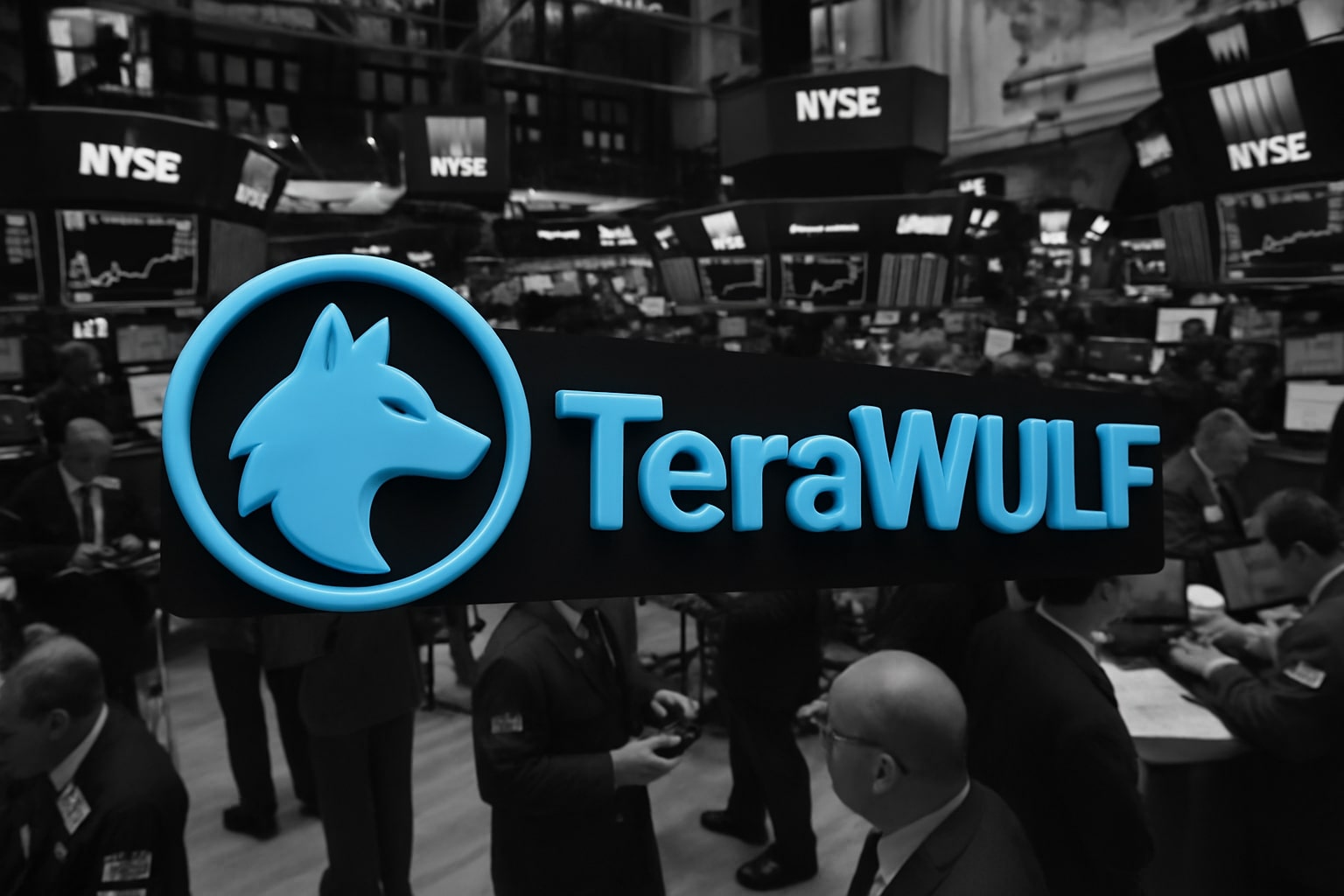
Cisco Stock (NASDAQ:CSCO) Struggles to Break Out Despite EPS Beat and 3.4% Yield
With product orders still down 12% and Splunk integration just starting, should you hold or bail out? | That's TradingNEWS
Robust Quarter Fails to Ignite NASDAQ:CSCO as Market Looks Beyond EPS Beat
Cisco Systems (NASDAQ:CSCO) reported fiscal Q3 revenue of $12.7 billion, beating consensus expectations of $12.53 billion. Despite the +4% surprise on EPS at $0.88 GAAP / $0.88 adjusted, the stock has barely moved, closing near $47.80, roughly flat for the week. Investors remain skeptical of the sustainability of its AI and security growth narratives amid weaker product orders and macro caution.
Product Orders Drop, Raising Concern About Demand Pipeline Stability
Cisco’s total product orders fell 12% year-over-year, following a 21% drop in the previous quarter. This sequential slowdown shows marginal improvement, but it still points to continued backlog digestion. CFO Scott Herren noted this normalization is expected into Q4, but the market remains cautious. This slowdown in order intake is especially concerning given Cisco’s previous backlog-driven growth in fiscal 2023. It raises a key SEO-targeted question: Will Cisco's revenue grow again without backlog tailwinds?
Security and AI: Real Growth or Marketing Pivot?
Security revenue increased 36% year-over-year, reaching $1.3 billion — one of the few bright spots. Management cited strong demand for AI-native security products, but the base effect and consolidation of Splunk, completed on March 18, contributed significantly. AI-related comments from CEO Chuck Robbins lacked specificity in terms of revenue contribution, making investors question if this is more branding than substance.
AI and Security are central to Cisco’s repositioning, but the numbers still show legacy reliance: Networking revenue was $7.2 billion, still over 56% of total revenue. Until AI and security account for a larger portion of revenue and margin, CSCO is unlikely to trade like a true “AI stock.”
Splunk Deal: EPS Accretive, But How Much Does It Matter?
Cisco closed its $28 billion acquisition of Splunk in mid-March, and FY25 guidance now reflects this. Management guided for FY25 revenue of $61.0B to $62.0B, above consensus of $60.76B, and non-GAAP EPS of $3.90 to $4.05 (vs. $3.84 expected). These upgrades are largely Splunk-driven, and the stock barely reacted, reflecting limited investor enthusiasm about the integration.
Splunk will contribute ~$4 billion in recurring revenue, but integration risks remain high. Cost synergies are unclear, and Splunk’s operating margins were lower than Cisco’s core. Investors want to see execution — not just top-line inflation.
Cash Position, Buybacks, and Dividends Still Strong
Cisco ended the quarter with $25.6 billion in cash and equivalents, and free cash flow was $4.4 billion, a healthy 35% FCF margin. It repurchased $550 million in stock and paid $1.6 billion in dividends. The dividend yield currently stands near 3.4%, offering some defensive appeal, but growth investors remain unmoved.
Valuation Compression Limits Upside Without Multiple Expansion
Cisco trades at ~11.7x forward earnings, far below AI peers like NVIDIA (~45x) or Microsoft (~32x). But unless it grows faster than 1–2% YoY organically, there's little case for multiple expansion. The market views Cisco as a low-growth, high-yield infrastructure name — not an AI innovator.
At $47.80, the stock is down ~6% year-to-date, underperforming the Nasdaq. Without accelerating organic growth or strong Splunk execution, the valuation discount remains justified.
Verdict: Hold NASDAQ:CSCO — But Watch FY25 Execution Closely
Cisco’s fundamentals remain solid, and the dividend is safe. But despite headline beats, weak product orders and overreliance on inorganic growth limit upside. The AI and Security push lacks transparency, and until real revenue mix shifts materialize, CSCO is a Hold — not a breakout Buy. Watch closely for Splunk integration KPIs, organic order growth in Q4, and FY25 margin progression. If those improve, this verdict could turn bullish — but not yet.
That's TradingNEWS
Read More
-
BITQ ETF Soars 66.55% as Bitcoin Blasts Past $124,000 — Crypto Equities Lead 2025 Rally
13.10.2025 · TradingNEWS ArchiveStocks
-
XRP ETFs XRPR, XRPI Slip as Ripple XRP-USD Holds $2.62 — SEC Fast-Track Could Ignite $20B
13.10.2025 · TradingNEWS ArchiveCrypto
-
Natural Gas Price Forecast - NG=F Steadies at $3.00 as U.S. Export Boom Tests Old Fields
13.10.2025 · TradingNEWS ArchiveCommodities
-
USD/JPY Price Forecast - Dollar to Yen Climbs to ¥152.28 as Japan’s Political Shakeup
13.10.2025 · TradingNEWS ArchiveForex


















